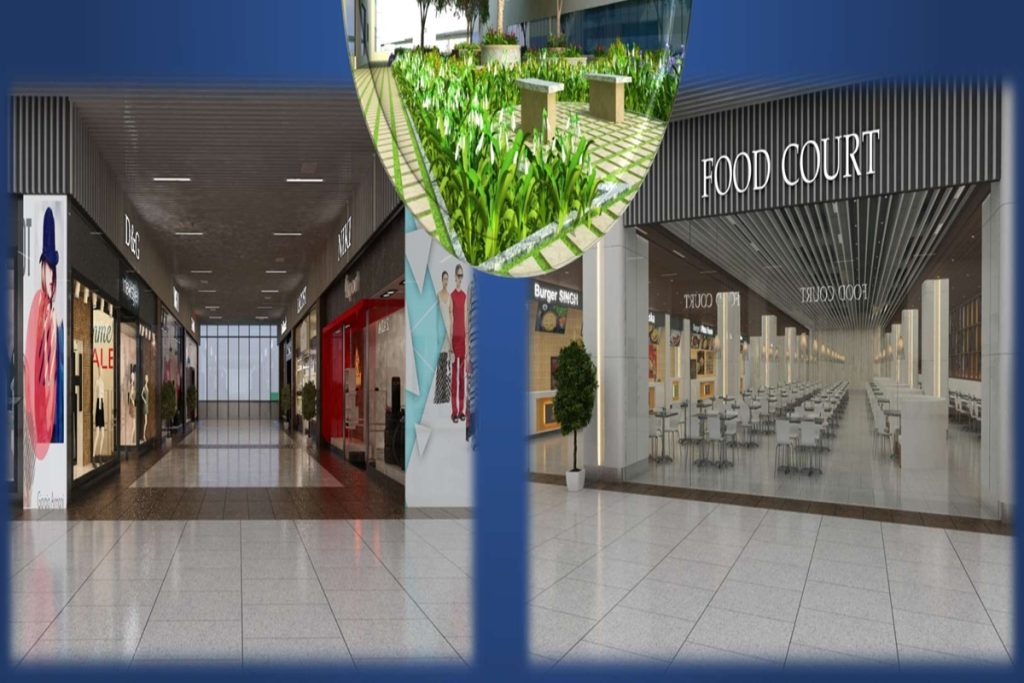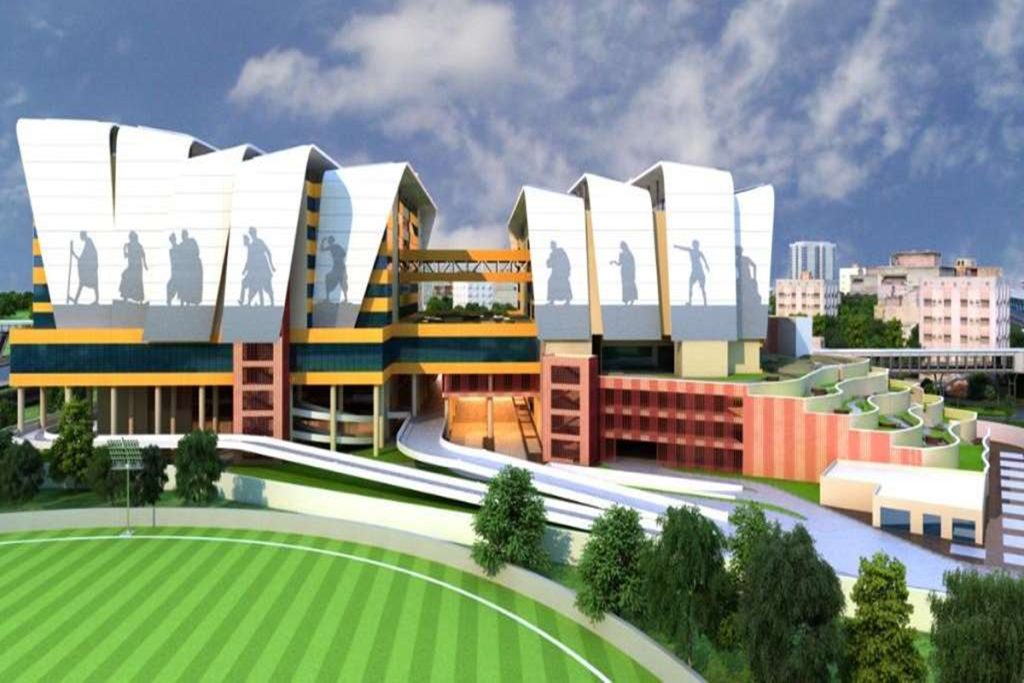The Sabarmati station is the first stop on the Ahmedabad-Mumbai high-speed train route.
The building’s basement and up to three floors will be used only for car parking, with a total capacity of almost 1,200 vehicles. Also available for commercial use will be approximately 31,500 sq.m of shops, food courts, and outdoor recreation facilities.
The northern terminal of India’s first high-speed rail line, which is now anticipated to be completed by 2027, will be housed in this terminal structure. From the third floor at concourse level, the nine-story building with two blocks of nine floors would offer multi-modal access to the nearby existing Indian Railway station, a BRT bus station, and the future Ahmedabad Metro Phase-I, AEC Metro station.

The building’s basement and up to three floors will be used only for car parking, with a total capacity of almost 1,200 vehicles. Also available for commercial use will be approximately 31,500 square metres of shops, food courts, and outdoor recreation facilities.
Additionally, terrace gardens have been built on the fourth and seventh floors. This will be the “only high-rise building with an ultra-modern and iconic facade”.
The building will also house multiple hotels on different floors with a capacity of a total of 60 rooms, speciality restaurants, and kids’ play areas. The total covered area of the station will be almost 1.34 lakh square metres.
Authorities say the structure will be earthquake-resistant, a green building with gold rank by the Indian Green Building Council, will feature optimum utilisation of water through recycling, and have electricity generated by solar cells.

The government plans to generate revenue from retailing the nearly 31,500 sq m of commercial space to private players. News18 was the first to report last year that the Ahmedabad-Mumbai high-speed rail project is going solar with “grid-connected rooftop solar projects” planned for various stations, starting with the rail terminal to come up at Sabarmati.
The proposed structure at Sabarmati station will see solar panels on the roof of the station with a proposed “charkha” symbol and solar panels also on the side of the building with the iconic symbol of the Salt March by Mahatma Gandhi and his followers in 1930.

Sabarmati was one of the abodes of Gandhi and the high-speed rail corridor will start with a rail terminal there.
A 700 kWp (kilowatts peak) plant is planned, connected to a grid. The generated solar power may be utilised for captive application and the surplus power may or may not be fed to the grid.
The authorities aim to reduce fossil fuel-based electricity and make buildings self-sustainable from the point of electricity consumption, to the extent possible.



